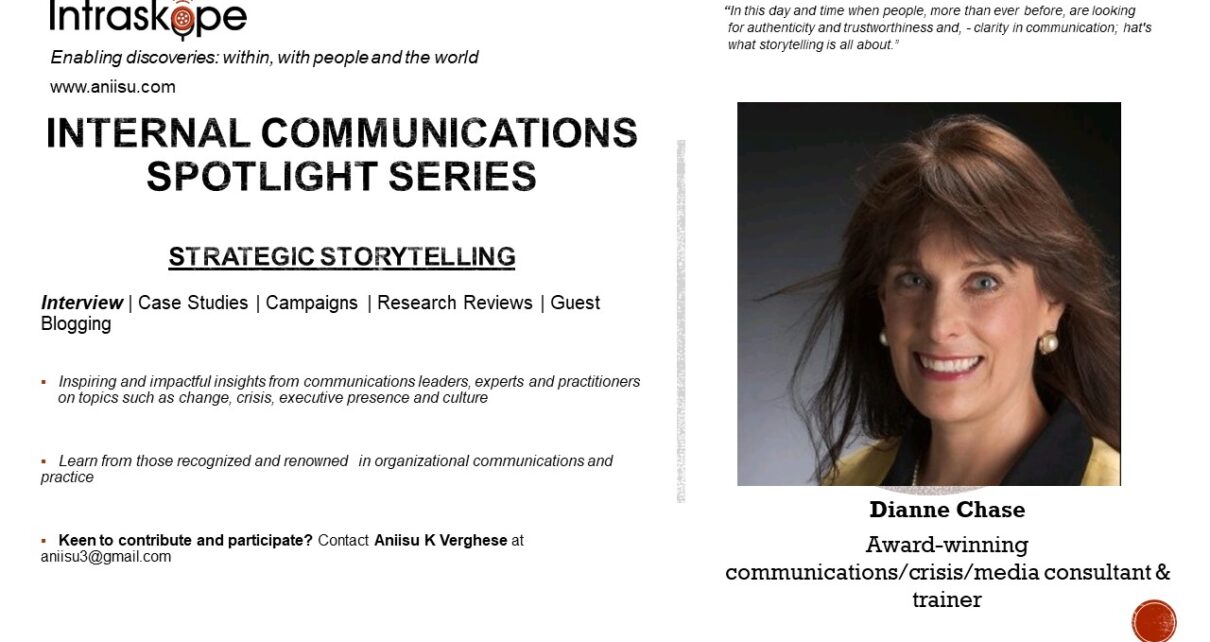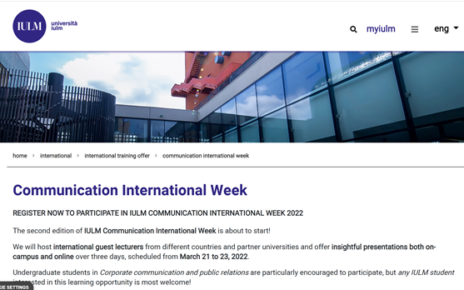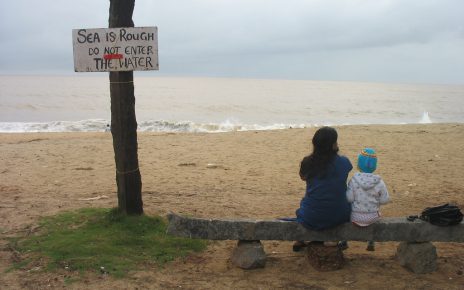Welcome to the 4th edition of Intraskope’s Spotlight Series featuring Dianne Chase, an award-winning media, journalism and public relations professional with deep expertise in various communication disciplines such as crisis communication and storytelling.
What is strategic storytelling and how can we measure it? What does it take to inspire employees and help communicators embed this important aspect of communications in everyday work?
Dianne shares why strategic storytelling matters, what it takes and how communicators and leaders can get better at inspiring and creating a culture that transforms from within.
“Strategic storytelling is all about conveying a business message using a personal story so a personal experience that you’ve had. And the reason it’s so powerful is that we’re hardwired to tell stories and to listen to stories – fables and all the messages that we learned through just sort of fairytales and that kind of thing. We remember a lot of those messages,” says Dianne
About Intraskope’s Spotlight Series
In this series I interview key thought leaders on topics interrelated with internal communications such as culture, crisis, change, executive presence and leadership. The goal is to help unravel why they matter, what can leaders and communicators learn from experts and how we can put insights to practice. Watch these short interviews and get better at understanding these key topics and how you engage with internal communications.
Interview:
Introduction
Dianne: Thank you so much for the opportunity. I am a longtime communicator across a couple of professions – so I was a broadcast journalist, news director, anchor and reporter for years, and then I started my own communications consulting and training business in 2000 called Chase Media. So, I really have always had a love of working with people in terms of communication skills and helping them convey their messages in a way that resonates with other people, creates meaning – creates understanding. So, whether it was on one side of the microphone or the other, just helped me learn how to communicate in a way that really resonates.
- What is your understanding of strategic storytelling? What are the key components of a strong story?
Strategic storytelling is all about conveying a business message using a personal story so a personal experience that you’ve had. And the reason it’s so powerful is that we’re hardwired to tell stories and to listen to stories – fables and all the messages that we learned through just sort of fairytales and that kind of thing. We remember a lot of those messages. So, using a personal story to convey a business message and the two most important things are the components of – being very purposeful and being very engaging. So, purpose and engagement together. So, how did you decide what message you want to convey? Look at what really the outcome you’re looking for, what do you want people to know, understand, feel or do. So, what do you want them to know? How do you want them to engage what action do you want them to take after you? Can they have a story to help them understand the importance of, of what you’re doing? So, it’s not a story that you tell down at the pub. It’s a business story.
2. Despite people knowing the value of storytelling, why is it difficult for leaders and managers to practice this?
That’s a good question. And I believe because we’ve had this historic mindset of personal and business and never the twain shall meet. In this day and time when people, more than ever before, are looking for authenticity and trustworthiness and, – clarity in communication; that’s what storytelling is all about. If you tell me a personal story about an experience you’ve had and what you learnt from it, or why I should care about your story and what you want me to do with that information. And I am already trusting you more than you. Just that command and control doesn’t work. Remember the days of, “don’t ask me why I just do as I say, not as I do” – all that sort of the mentoring that we had, doesn’t really work. So, if you want to keep your best employees engaged, you build a relationship with them, and we must get over that. I guess that mindset of disengaging from humanity won’t work. We’re all human and we must connect with other people in a human way.
3. How does one measure the success of strategic storytelling?
It’s not a cause and effect situation it’s more of a competence. so you can measure the success of your employee engagement, you can measure the success of their work and loyalty, And that is all about how you communicate with them so it’s part of that greater strategic approach, you have when you engage with your stakeholders and employees where they are.
4. How can we inspire employees to tell effective stories and be brand advocates?
Employees will be feeling more motivated, more engaged, more part of a greater good, with your organization when storytelling is practiced. Therefore, communication skills the key to everything. I mean how many successful organizations are there for the long term with poor communicators at the helm? Leaders have to be good communicators and that drives the culture of professional communication as part of the culture. So, it’s just a critical component in the overall strategic success of your organization. We we’ve all had experiences as a child with humanity as the common thread. We can always pull from those experiences about lessons learned, people we’ve looked up to and why they inspired us. So, just telling simple stories about your company values – it is not about your values on the wall or the vision and the purpose. Tell me a story about why I should care about that and what that means to you so that you are role modelling the right values. For instance, through our workshops we’ve had a lot of leaders come through. We had a woman come through who wanted to have her team’s value integrity on track. So, integrity was a key company value, So, she told the story about her father, a swimmer, who was on the way to the Olympics when he was a teenager. During his last qualifying meet, she came up with the stories. So, she said, you know, my dad was a professional swimmer, and he was on his way to the Olympics. When he was a teenager, and in his last meet, he took off the blocks, he was seven lengths ahead – he was going “gangbusters”. So, he was doing his turn, and this was back before they had the technology where you can tell if they touched the wall. He barely missed the wall. Okay, he knew he had a split second to decide. “I missed the wall, do I go back and touch it and probably lose” So, he did, he went back and touched the wall. Never went to the Olympics, He lost but would always tell his children that he had no regrets. That she said , I’m sharing this story with you today because when I think of integrity, I think of our business, we’re all going to come to those moments – the “touched the wall moments” where we have a choice of doing the right thing. So when I think of integrity, I think of my Dad. And I encourage you to do the same thing. So, what’s happened – it makes decision making go faster. She said her team knows when they come to such decisions, they will do the right thing. If you remember that story and it inspires you to want to do the right thing.
5. Could you share an example of an individual or organization that has done storytelling effectively?
We must be clear what storytelling is and what it’s not. It’s quite the buzzword using stories and storytelling. A lot of times, it’s just kind of the brand narrative or the marketing pieces, It’s not really a story, unless it really motivates people and it’s coming from you and your experience. Or, as I did – me sharing a story about someone who came through the workshop, and came up with that story, to motivate her team. She was brilliant in realizing that it not only motivates her team, when she shares those sorts of stories. It really does increase the reputation across the whole organization. So she, doesn’t have to worry as much that there’s some sort of nefarious activity going on, because she has instilled that culture of integrity in her organization. I am seeing more and more of Chief Storytelling Officers being hired by big corporations, which is a pretty interesting trend.
6. What’s your advice for communicators on embedding strategic storytelling in their work?
I would just encourage, some thoughts about how they want to attain their goals. What is it they want to achieve? What is the business message? What is the value? What is the story that you can connect with the origin? I use this in my consultancy and my coaching. What do you want people to know about what you do and why they should care about what you do? So, that you can reach your goals. And you do that when you connect. It’s the neurosciences – fascinating how our brains work. So, when you just use facts and data and case studies, white papers, it activates one part of your brain. Now if you could, embed that data or back that with a personal story, the brain activates completely. And you create a visual, which is processed faster and retained longer. So, our brains again are hard wired for stories which is why it is a fascinating piece to investigate, There is all sorts of places to that you can use stories – in presentations, job interviews, sales pitches meetings, obviously, one on one coaching, mentoring, and of course in the written format as well.
Watch the complete video interview on YouTube or read the transcript below.
Missed the earlier episodes? Watch them here: D. Mark Schumann (Culture), Peter Yorke (Executive Presence) and Sia Papageorgiou (Leadership Communications).
You can also look up the ongoing Intraskope’s Spotlight on Internal Communication Series featuring practitioners from around the globe sharing best practices and perspectives.
Liked the interview? Post your comments and share it with your network.
Keen to contribute and participate in the Spotlight series? Write to me at [email protected]
Here are Internal Communications resources you can use:
- Learn: Internal Communications Fundamentals Course on Thinkific or Udemy
- Internal Communications Series: https://forms.gle/KcqmPzLwq7NQi5Km6
- Chat with Aniisu – Internal Communications: https://www.instamojo.com/intraskope/connect-with-aniisu-60-minute-personalized-d/?ref=store
- Internal Communications workshops: https://bit.ly/2zdBRl1
You can also visit my website www.intraskope.com and You Tube channel to know more about my work.
#IC #strategicstorytelling #storytelling #change #culture #inspiration #internalcomms #communications #internalcommunications #leadership #covid19 #diannechase #intraskope



